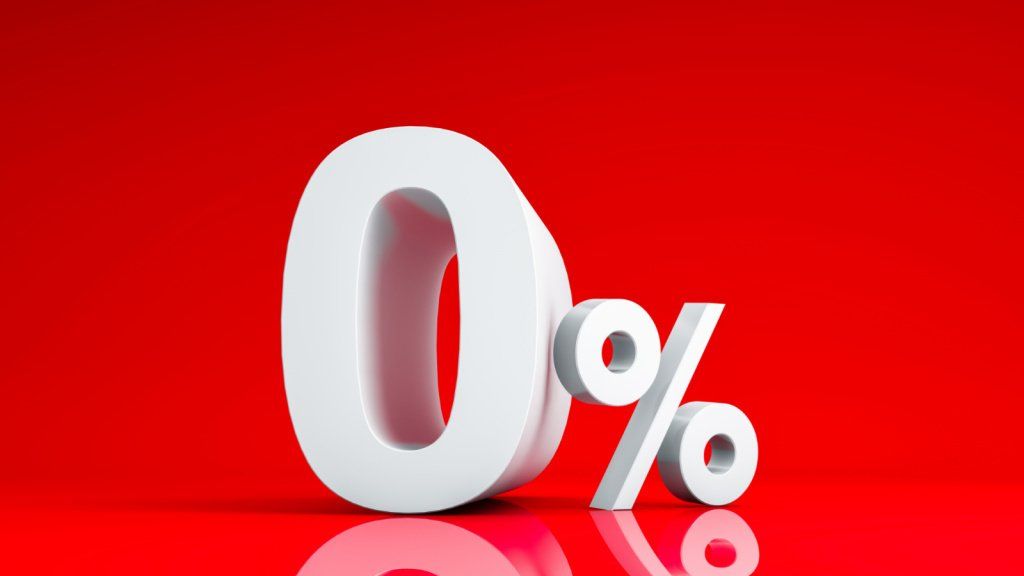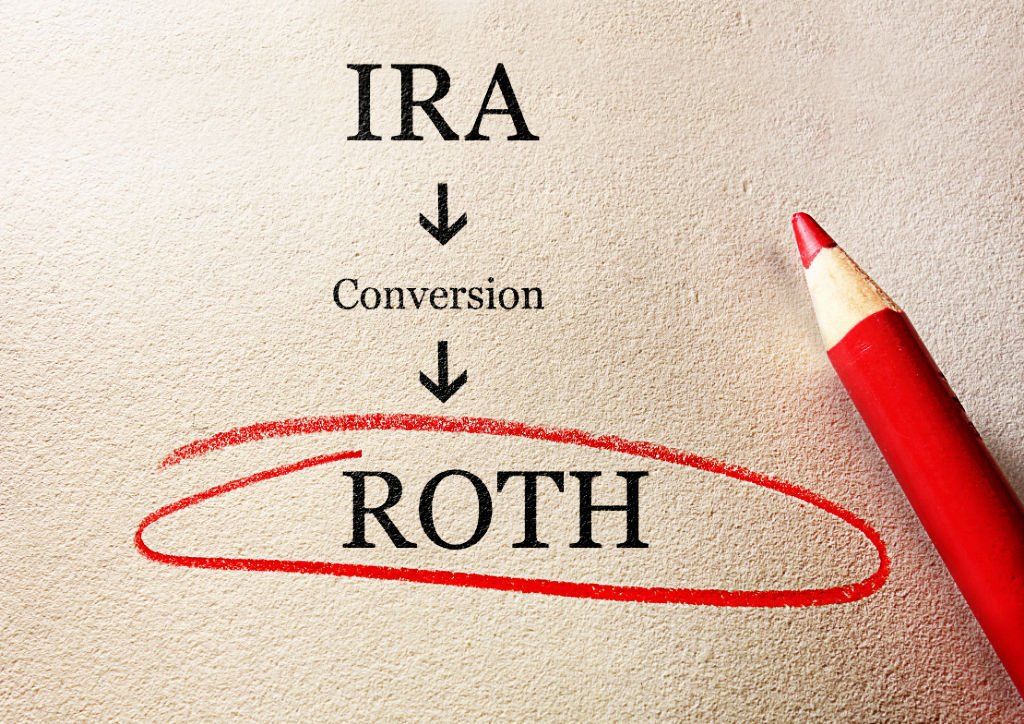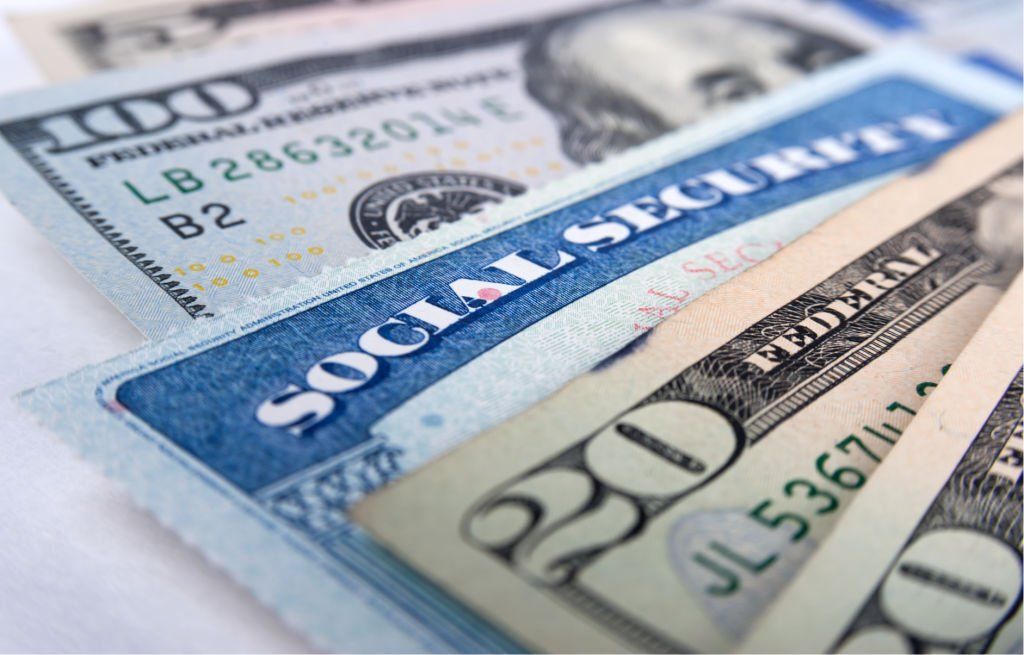Three Steps to Safely Maximize Your Portfolio Income

Originally written on 2/19/2017.
Government and employers are increasingly shifting the responsibility of employees’ future financial security to employees. That means how we manage our investments, before and after retirement, is more important than ever.
When taking income from your portfolio, there are two pitfalls to avoid:
- Running out of money
.
With extra time on your hands, you can easily spend too much in
retirement. This can force you to go back
to work, or live below the lifestyle to which you’re accustomed. Neither
of these are good options. ...and...
- Living too frugally . This problem plagues those who are too worried about running out of money. You can easily cheat yourself out of extra income that could have made a positive difference in your retirement years.
So how can you get the most income from your portfolio without running out of money? Oliver Wendell Holmes wrote, “I would not give a fig for the simplicity this side of complexity, but I would give my life for the simplicity on the other side of complexity.” In that spirit, I am going to boil the complexity down to three simple steps. I will be using the popular stocks-and-bonds investment approach, since this approach has shown to have a greater probability of success than other approaches. See Investing for Income in Retirement .
Sign up to receive my monthly email articles on retirement planning and investments--no cost, no obligation
.
Executive Summary
How can you get the most income from your portfolio without running out of money?
Extensive research has been done to answer this question. I’ve tried to take the best ideas and consolidate them into three steps:
1. Start distributions using a safe withdrawal rate . By starting with the right withdrawal rate, you can likely avoid changes in portfolio income due to various market conditions. Important goals to keep in mind are income longevity, income stability, income purchasing power, and minimizing sequence-of-returns risk. By using market valuations and a glide path to retirement, you can maximize your portfolio withdrawals without worrying about running out of money.2. Shift investments toward income . By shifting from growth-only investments to income-producing investments, you can raise and stabilize your portfolio income without having to sell assets at perhaps a bad time. Real (i.e., after-inflation) growth is still needed, but if stable dividend-producing stock funds and stable interest-producing bonds can provide most of the retirement income needed, then investments will not have to be sold as often to meet income needs, which reduces sequence-of-returns risk and saves on trading costs.
3. Set up guidance rules for adjustments . By using the prosperity rule and conservation rule, you can establish guardrails to assure yourself that you are not withdrawing too much or cheating yourself out of extra income. In bad times, the lower guardrail helps conserve your portfolio by triggering a 10% reduction in income until the portfolio recovers. In good times, the upper guardrail gives you a raise by triggering a 10% increase in income.
Here are the details supporting this strategy.
Step 1. Start distributions using a safe withdrawal rate
First of all, the withdrawal rate is the amount withdrawn divided by value of the portfolio. $40,000 annual withdrawal from a $1,000,000 portfolio is a 4% withdrawal rate. The safe or initial withdrawal rate is defined as the withdrawal rate in the first year--that can be sustained for the entire withdrawal period, adjusting up for inflation each year.
Numerous
studies have been done in an attempt to provide guidance in this
important area of retirement planning. I will be using the work
of analysts such as Bengen, Cooley, Schlegel, Finke, Blanchett, Guyton
and Klinger, and Kitces and Pfau, with special emphasis on
Guyton/Klinger and Kitces.
Finding the optimum withdrawal is critical, and must manage four primary concerns:
- Income Longevity . With people living longer, 30 or more years is a long time for a portfolio to push out income. Any successful income strategy must be able to ensure income for the entire life of the retiree.
- Income Stability . Retirees want to be able to depend on a stable income, not one that fluctuates wildly from month to month or year to year.
- Income Purchasing Power . Retirees need an inflation-adjusted income that increases each year to combat the rising cost of living. Guaranteed low-returning investments have a low probability of success. See Why Simple Savers Lose in the End .
- Sequence-of-Returns Protection . If you are taking distributions, negative investment returns in the first decade of withdrawals can have a much more harmful effect as far as your money lasting your lifetime than negative returns at the end of the withdrawal period. The risk of accelerated portfolio depletion due to the combination of withdrawals and negative returns must be managed.
As you can see, there are trade-offs to consider in this puzzle. The more you have in stocks, generally the better able you will be to outpace inflation and thus enjoy a higher income. But at the point you retire, you are the most vulnerable to sequence-of-returns risk. So you want stock exposure for growth over a long retirement but you have to protect yourself in case you retire at the start of a long bear market in stocks.
Two decades ago, William Bengen and the Trinity Study established the 4% rule, which was proposed as the optimal safe withdrawal rate for a 50% stocks/50% bonds portfolio for 30 years. So a retiree with $1 million could securely withdraw $40,000 annually (which could equate to spending only $30,000 after taxes) for 30 years, during all market conditions. Higher withdrawal rates were shown to deplete the portfolio prematurely, as depicted below.
Graph 1. Ibbotson and Associates, Risk of High Withdrawal Rates, hypothetical starting 1972 year-end, 50% large-cap stocks / 50% intermediate-term bonds, 3% inflation-adjusted withdrawals.
The
downside to the safe 4% rule is that if market returns are generally
average, you can be left with lots of unspent money. Other
studies have suggested that in a lower interest rate environment and/or
lower stock market period, 4% may be too high (i.e., not safe enough for
30 years). [Note: Higher withdrawal rates are
feasible for shorter withdrawal periods (5% for 20 years and 6% for 15
years), but I am focusing here on the typical retirement of someone in
their 60s with a high probability of needing withdrawals
for 30 years.] See my article, About the 4% Rule
.
Subsequent studies have shown that if you adjust your withdrawal amount based on the portfolio's value as of last year's end, being willing to withdraw less money from your portfolio following down-market years, then your starting withdrawal rate can be higher. So by being flexible in this way, a dynamic withdrawal strategy allows a higher intial withdrawal rate.
Going further, if you employ a dynamic asset allocation based on stock valuations that forecast stocks’ general performance over the next long period, you can underweight your stock allocation to mitigate sequencing risk. And if you overweight stocks when markets are favorably priced, this has an even greater impact on increasing your safe withdrawal rate.
Table 1. Table 1. Data from 2008 issue of The Kitces Report on The Impact of Market Valuation on Safe Withdrawal Rates and the April 2009 issue , Dynamic Asset Allocation and Safe Withdrawal Rates. These withdrawal rates were back-tested to have a 95-99% probability of success over different historical 30-year periods.
With a commitment to full dynamic rebalancing (i.e., adjusting stock exposure up and down based on valuation levels), studies show that it is possible to confidently withdraw 4.9% to 5.5% per year, with as little as 20% in stocks in unfavorable conditions or 60% in favorable conditions. For more, see How to Navigate the Retirement Danger Zone , where I use a 10 to 20% adjustment based on market valuation.
Step 2. Shift investments toward income
Investing during the retirement distribution phase is different from investing during the pre-retirement accumulation phase. When taking portfolio distributions, investments should shift more toward income-producing investments rather than capital-appreciation investments.
The goal here is income stability, as well as growth. If stable dividend-producing stocks/stock funds and stable interest-producing bonds can provide most of the retirement income needed, then assets will not have to be sold as often to meet income needs, which reduces sequence-of-returns risk and saves on trading costs. This is advantageous since stock and bond prices fluctuate and this strategy minimizes the chances of having to sell when prices are low. For more on the advantages of dividend investing in retirement, see my Investment Philosophy . For more on bonds, see my articles Why Invest in Bonds and A Frank Conversation about Interest Rates .
You could also use fixed-dollar or equity indexed annuities instead of bonds in your diversified portfolio, but rebalancing may be more difficult and/or costly due to the annuity’s illiquidity and less flexible investment change rules. Full dynamic rebalancing, which can increase your safe withdrawal rate, may prove to be impractical if you have too much of your "bond allocation" in an annuity instead. Tax pros and cons would also have to be considered. See my article Annuities: The Good, the Bad, and the Ugly .
Step 3. Set up guidance rules for adjustments
The initial safe withdrawal rate is designed to weather various market conditions, but another way to safeguard yourself from running out of money or cheating yourself out of extra income is setting up some guidance (i.e., decision) rules.
- Portfolio Management Rule -- guides the priority order of sources for withdrawals (e.g., over-weighted equity asset classes first, overweighted fixed-income second, etc.)
- Inflation Rule -- guides the size of yearly increases due to inflation
- Capital Preservation Rule – guides the reduction of withdrawals when needed
- Prosperity Rule – guides the increase in withdrawals when feasible
The Preservation and Prosperity Rules allow you to establish guardrails to make sure your withdrawals are sustainable. This
strategy is delineated in the 2006 March Issue of the FPA Journal entitled Decision Rules and Maximum Initial Withdrawal Rates
by Jonathan T. Guyton, CFP, and William J. Klinger. Here is an
example.
Let’s look at this example above. The initial withdrawal rate is set at 5.1% with an upper and lower guardrail of 4.1 and 6.1, respectively. As long as the withdrawals from the portfolio are within the rails, no income adjustments need to be made. In good times, if the actual withdrawal rate declines 20% to 4.1 (portfolio value has increased to $1,025,000), this client’s income can be increased from $3485/month to $3834/month. And this $3843 becomes the new baseline from which inflation-adjusted withdrawals in the following years would be calculated. This increase is aimed at maximizing income so you’re not cheating yourself out of a more enjoyable lifestyle.
If, on the other hand, the markets decline such that your withdrawal rate rises 20% to 6.1%, you should reduce your income from $3485/month to $3137/month. And this $3137 becomes the new baseline from which inflation-adjusted withdrawals in the following years would be calculated. This decrease is aimed at making sure you don’t run out of money. When the market recovers such that your new adjusted withdrawal rate falls 20%, you can increase your income again.
Here is a simple graphic illustration offered by Matthew Jarvis, CFP.
The upper rail means you get a raise. The lower rail means you have to take a pay cut for a while. You can use the guardrail approach to increase your initial withdrawal to more of an average versus high-probability/safe rate. But you can expect a few pay cuts if your portfolio doesn’t significantly outpace inflation. If you start with a safe initial withdrawal rate, the lower guardrail will not likely be triggered; but you may be able to ratchet up your income if your investments outperform. Either way, the guardrails provide you with assurance that you can enjoy the higher income of rising stock returns while protecting you from running out of money if stocks perform poorly during the early years of your retirement.
To be successful, there are five essential ingredients:
- War chest of Cash and Bonds
--this war chest is a sufficient amount of cash and bonds that can be used for emergencies and to provide income during periods when the stock markets are down (See How to Manage Cash Flow in Retirement
).
- Full Dynamic Rebalancing
-- this is dynamically adjusting the portfolio using tolerance bands and asset class valuations, whether valuations are high (hold less) or low (hold more) (See How to Navigate the Retirement Danger Zone
).
- Careful Diversification
--this is broadly and efficiently diversifying the portfolio to maximize return for risk (See How to Build an Optimized Retirement Portfolio
).
- Tax Efficiency
-- this is reducing taxes through strategies such as asset location and tax loss/gain harvesting(See How to Build an Optimized Retirement Portfolio
).
- Discipline
--this speaks of retiree behavior, including the self control to follow the guidance rules and resist self-sabotaging biases (See Behave Yourself!
and "
I wish I had done that."
).


Travis Echols , CRPC®, CSA
Receive free Social Security Guide by email
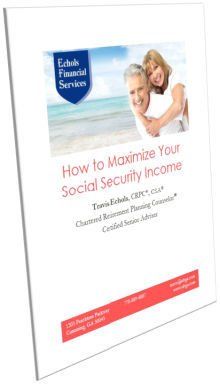
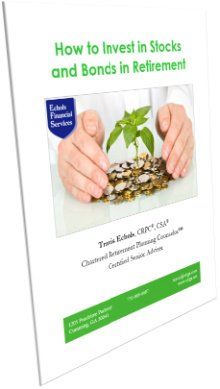
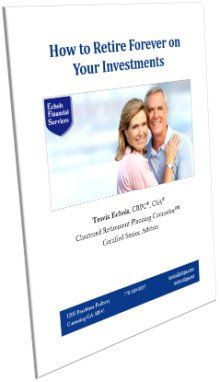
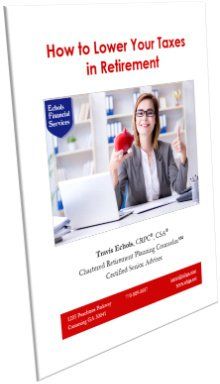
Investment Advisory Services offered through JT Stratford, LLC. JT Stratford, LLC and Echols Financial Services, LLC are separate entities.



